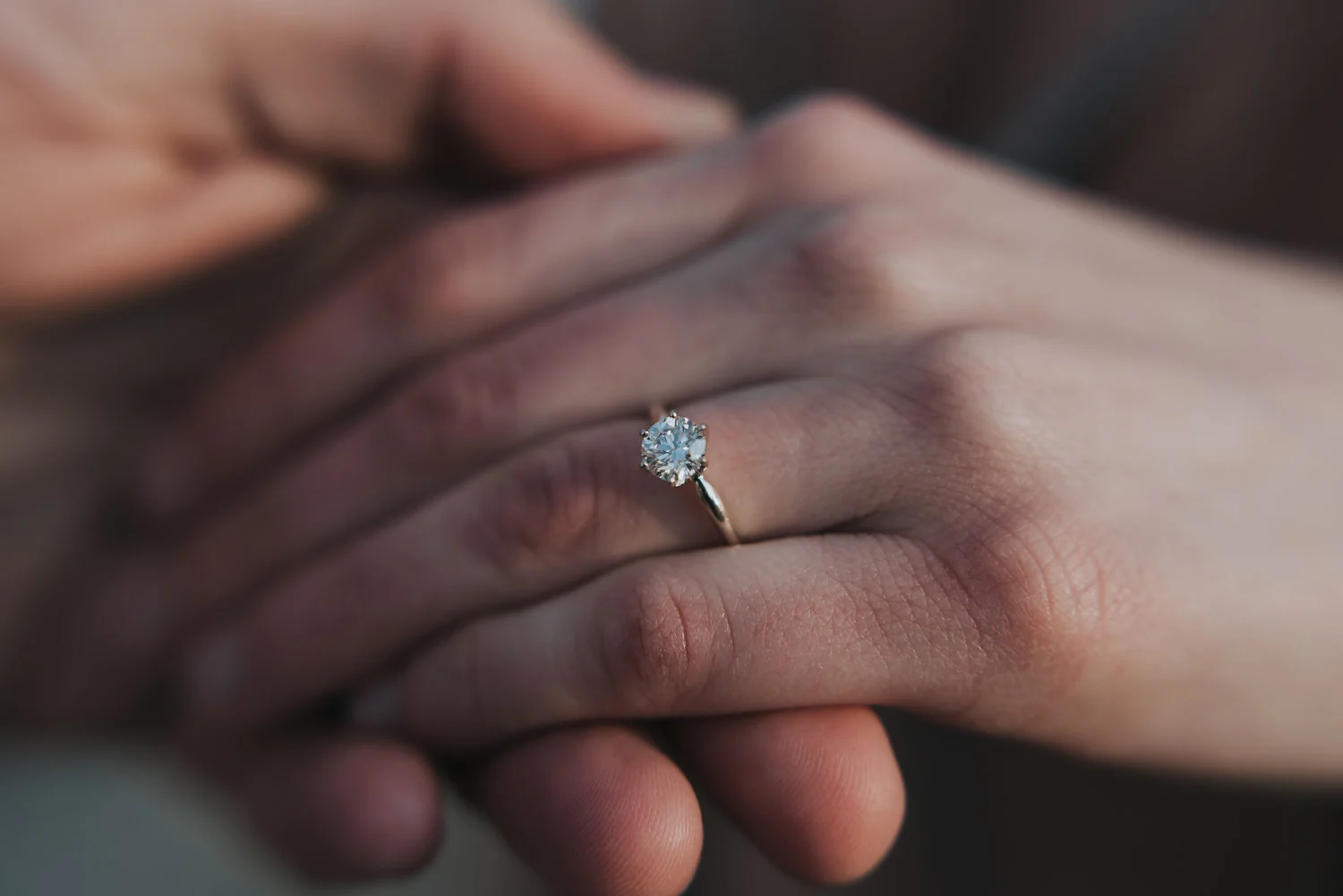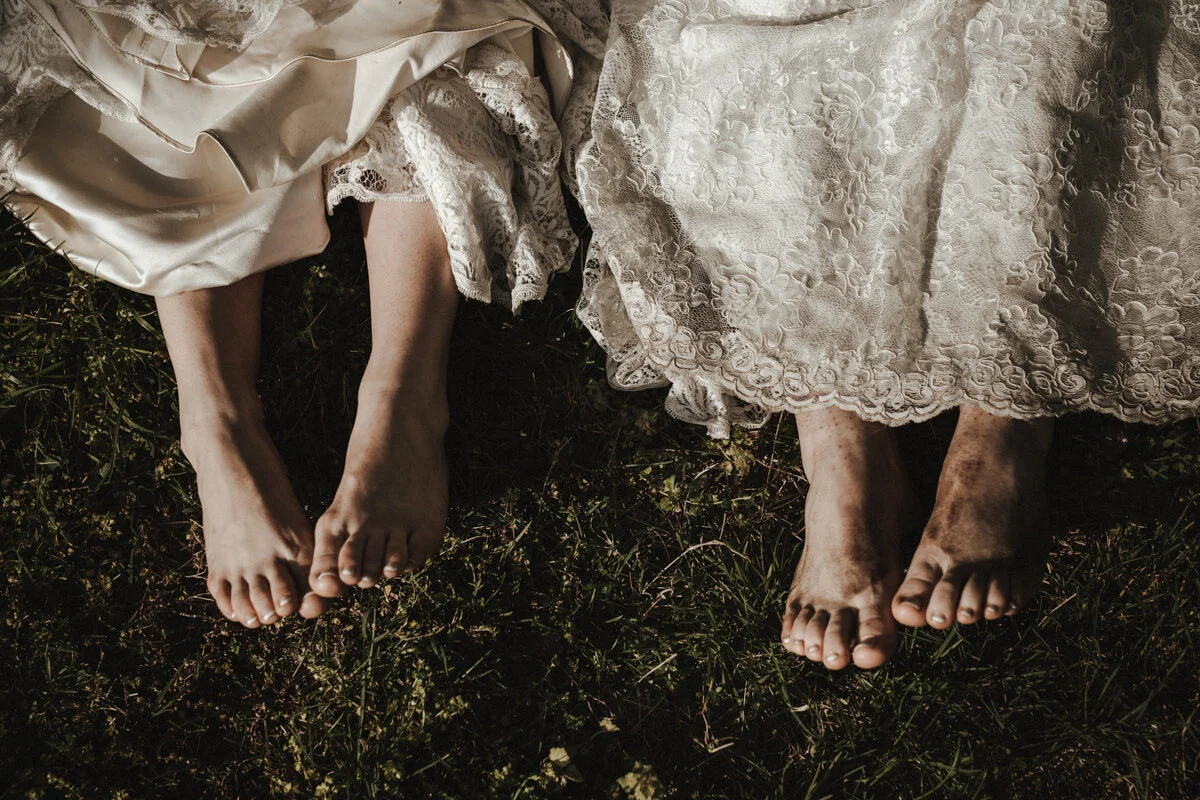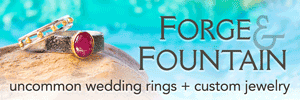Buying An Ethical Engagement Ring
/Image courtesy of Writing on Glass
This article was originally featured on Writing on Glass.
In early April, my fiancé Nathan and I were in Park Slope with a jewelry saleswoman encouraging me to try on a $19,000 vintage ring from early 19th-century Europe. That’s right: $19,000.
Seeing that rock, my stomach sank — not because the ring was way out of price range, which it was, but because I didn’t know how to express my diamond ambivalence to the clerk without being rude. After all, her hands were bedazzled with five diamond rings of her own. With the price tag, it should have been easy for me and Nathan to tell her we were going to pass. But as we explained our preferences, I started to feel like my value was under the spotlight — as though the worth of the ring was a reflection of my worth.
Ah, capitalism.
We left, sat on a bench outside a deli, and tried to figure out why we were feeling gross about the ring.
Engagement rings have a bizarre history, one certainly at odds with women’s freedom and independence. First, cavemen tried to “control the spirit” of their partners by tying braided grass around their wrists, ankles, and waist. Fast forward to ancient Rome, and as the Historical Gem Society puts it, wives “wore rings attached to small keys, indicating their husband’s ownership.” Rings represented property. Not so feminist.
But honestly, it wasn’t so much the symbolism that bothered us. I felt strongly that the ring could mean whatever we wanted it to. Our hesitations had more to do with the diamonds themselves: the corrupt governments diamond mining has funded, and the unfair labor practices it’s inspired, and the environmental threat it poses.
According to Brilliant Earth, diamond wars have killed ~3.7 million people:
“In just the past two decades, seven African countries have endured brutal civil conflicts fueled by diamonds...Diamonds intensify civil wars by financing militaries and rebel militias. Rival groups also fight with each other to control diamond-rich territory. The tragic result is bloodshed, loss of life, and shocking human rights abuses — from rape to the use of child soldiers.”
As for Mama Earth, apparently it takes millions, even billions, of years for diamonds to form. The supply reachable by machinery gets depleted relatively quickly, so miners are often seeking new sites to affordably mine more. The means continual deforestation and soil erosion.
And...demand isn’t waning. Today, 80% of American brides get engagement rings.
On the walk home along Eastern Parkway, we talked about all sorts of possibilities for how we could spend the money in a way more aligned with our values. We could use the funds for grad school tuition. I could invest it in my business. We could set aside a month to travel. We could donate it to charity. And though all of these ideas appealed to us, none of them felt quite right to do in the name of our engagement.
We went back and forth. Nathan took matters into his own hands, and what I now know is that his friend suggested he buy a consigned ring online. The idea of having a recycled ring felt less excessive and more mindful of resource conservation. And he knew he was getting a fair market price (the online economy doesn’t lie), so there was none of this $19,000-with-markups nonsense. It’s even possible to look up the origins of the ring so you can ensure you’re not buying a blood diamond. (For the record, It’s best to avoid diamonds from Angola, Zimbabwe, and Cote d’Ivoire and better to look towards Namibia and Botswana.)
It might bother some people that consignors could be off-loading a diamond ring after death or divorce, but considering engagement ring sales on TheRealReal went up by 280%, it can’t bother that many people. And for the more romantic among us (like me), there’s something beautiful about heritage objects and the knowledge that they outlast their owners.
And…I don’t know. I’m obsessed with it. I love the ring. I love looking at it and watching it sparkle (as inane as that sounds), and more importantly, it reminds me of Nathan and our upcoming wedding, which makes me smile. I don’t think of my new jewelry as a symbol of being “property” or being “taken off the market.” Instead, I see it as representative of my partner and I deciding our values together, reaching compromise, and finding joy while acknowledging imperfection.
STEPHANIE NEWMAN
Stephanie Newman runs the feminist blog Writing on Glass and the consulting firm Stellia Labs. If you enjoyed this post, you can subscribe for updates from Stephanie at writingonglass.com/#exclusives.






















